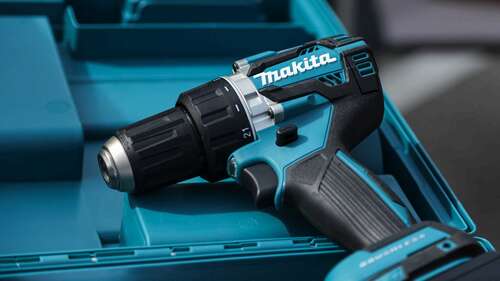
The last piece of the puzzle is what you’re actually planning on drilling into. Broadly speaking, drill bits fall into three different material-based categories: wood, metal, and masonry. Wood-drilling bits are the most common kind and typically possess a noticeably pointier tip for keeping you centered, as well as wider drill grooves for funneling out sawdust. These bits are typically made of ordinary steel, though you can also opt for high-speed steel for better performance.
Metal-drilling bits tend to have a slightly flatter tip, and while this isn’t absolute, they may be visibly darker in color than wood-drilling screws. This is because metal-drilling bits are made of heat and friction-resistant materials like titanium or black oxide, which can resist the sustained high-friction effort that comes with trying to drill through metal.
Finally, masonry-drilling bits, for working with materials like brick and cement, often have a distinctive protruding head on the tip. This protruding head is made of a super-sturdy material like carbide or tungsten-carbide, which is necessary to pierce such dense materials.

